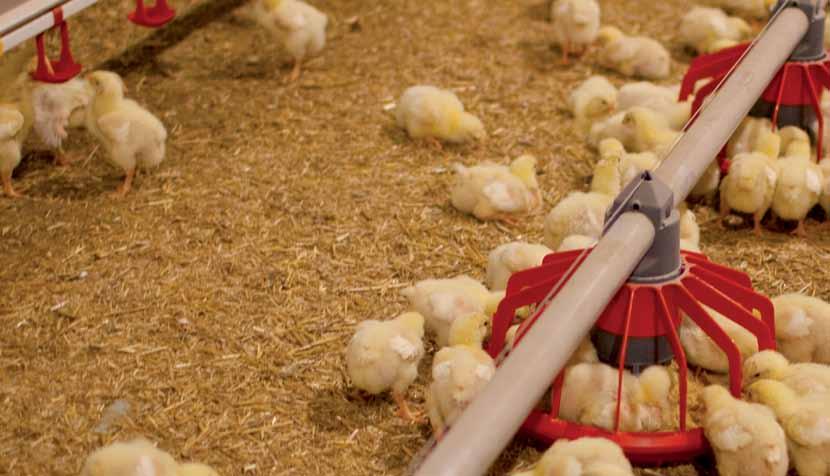The use of photovoltaic energy in agriculture is becoming an increasingly popular area. Thanks to renewable energy, farmers can grow birds without access to the grid.

The National Poultry Center at Auburn University (NPTC) has been a leader in poultry farming and related technologies for over a decade. Together with Tyson Foods Inc. They announced the opening of the largest solar farm, which should work outside the network.
The big chicken coop is located in Cullman, Alabama, and can hold 36,000 broilers. Breeding on a farm owned by Tim and Selene Butts will include two identical buildings. One of them will be the control, and the other will be powered exclusively by solar energy. The second building was called the Autonomous Solar Poultry Bunker (SASP).
Auburn University will work closely with Tyson Foods and Southern Solar Systems to gain a leading role in using solar technology at broiler production sites. The purpose of the study is to provide important and new information on how the use of solar energy can balance the environment and increase farmers’ profits.
The power supply of the house will consist of three elements: a solar battery (PV), a set of modules and a generator. Researchers will regularly compare the use of solar energy in the coop with its traditionally functioning twin building for 12 months. The data and knowledge gathered through this project will be an important next step in identifying sustainable methods and new forms of energy for the entire poultry industry.
Ultimately, this project will determine how energy-autonomous chicken coops can increase farmers’ profitability and increase productivity in the poultry industry.
Thanks to the partnership of the poultry company with the University of Auburn, a model of the future of the industry was created, which is more balanced. At the moment, the company provides information previously unavailable to poultry farmers.
The combination of solar energy and batteries with other technologies to convert energy into useful alternating current, which is equal to the power in the network, gives farmers independence from suppliers. Electricity controls all functions in poultry houses and is the largest variable in the value of a business for poultry farmers. The new system can reduce costs for farmers while improving productivity.
Rising energy costs, coupled with the unpredictability of long-term energy supply, have created an opportunity for entrepreneurs to look for solutions that will help mitigate the effects of price increases.

Another example of successful use of photovoltaics in the agricultural business is the modernization of granaries. In Germany, Heliatek and Lechwerke began testing the effectiveness of installing solar modules on granaries.
Both companies installed 230 square meters of solar film on the rough concrete surface of a grain bunker in Donauworth, Germany. It is expected that the plant will produce about 4440 kWh of solar energy per year. Lechwerke and Heliatek want to test the potential of using photovoltaic cells on various surfaces as part of a pilot project.
In addition, companies expect to identify other potential applications, including the installation of PV on the surfaces of factory buildings and warehouses. Even in these cases, the generated solar energy can be used for its own consumption.


